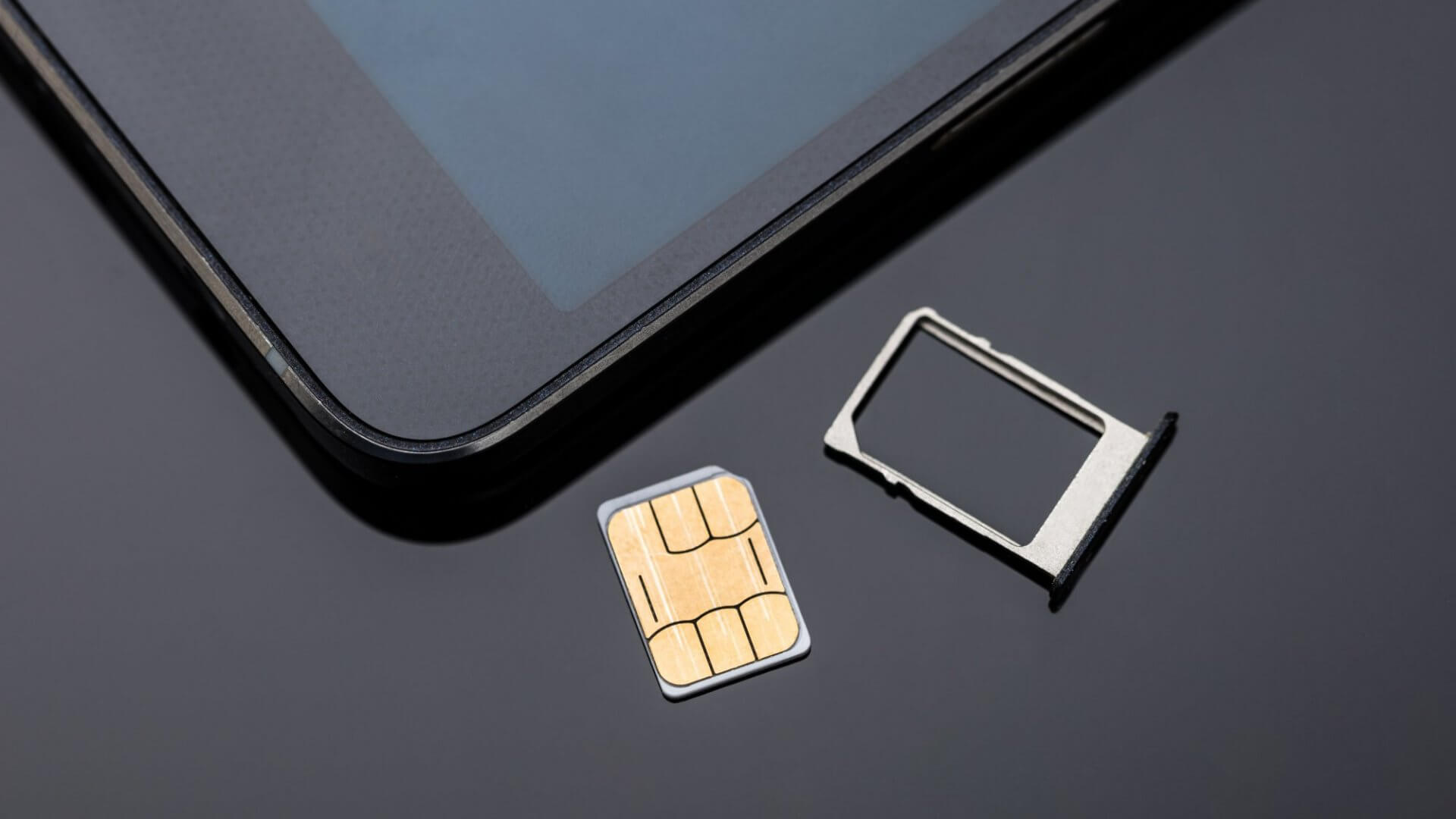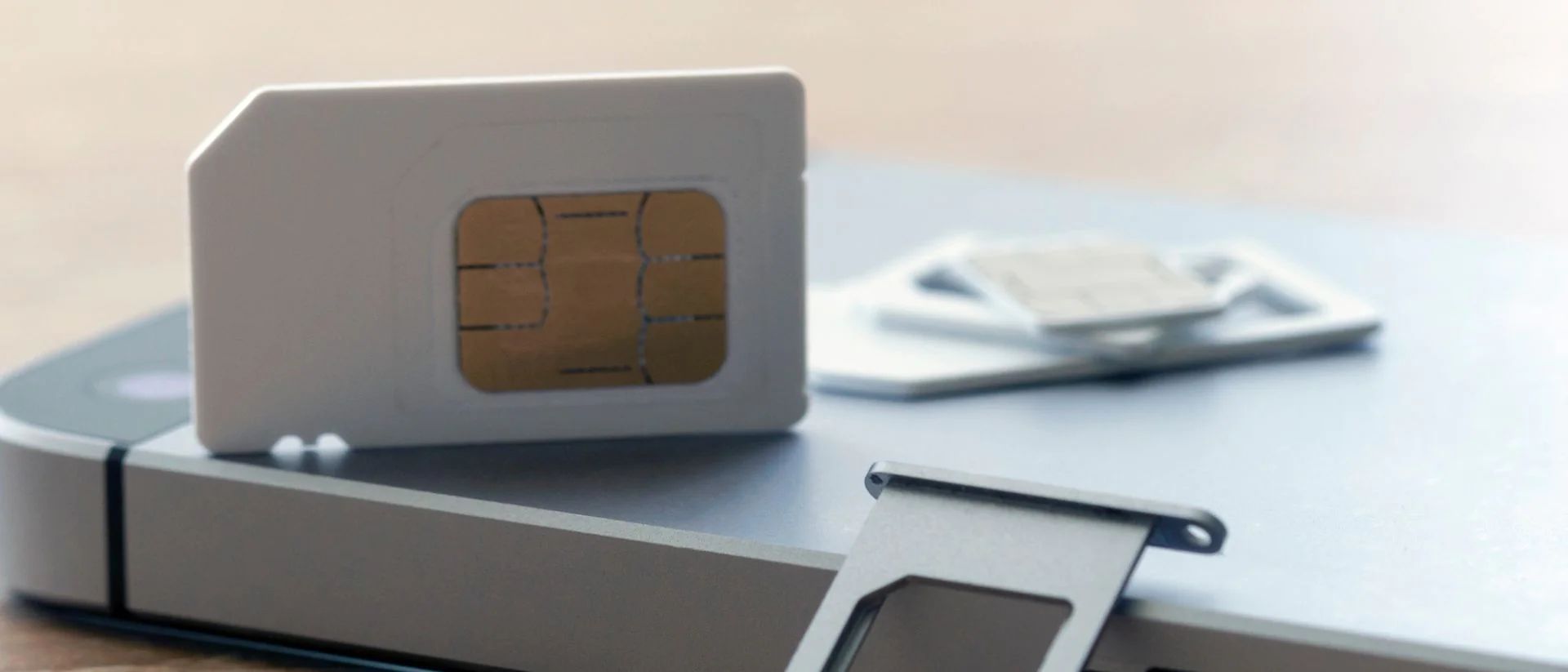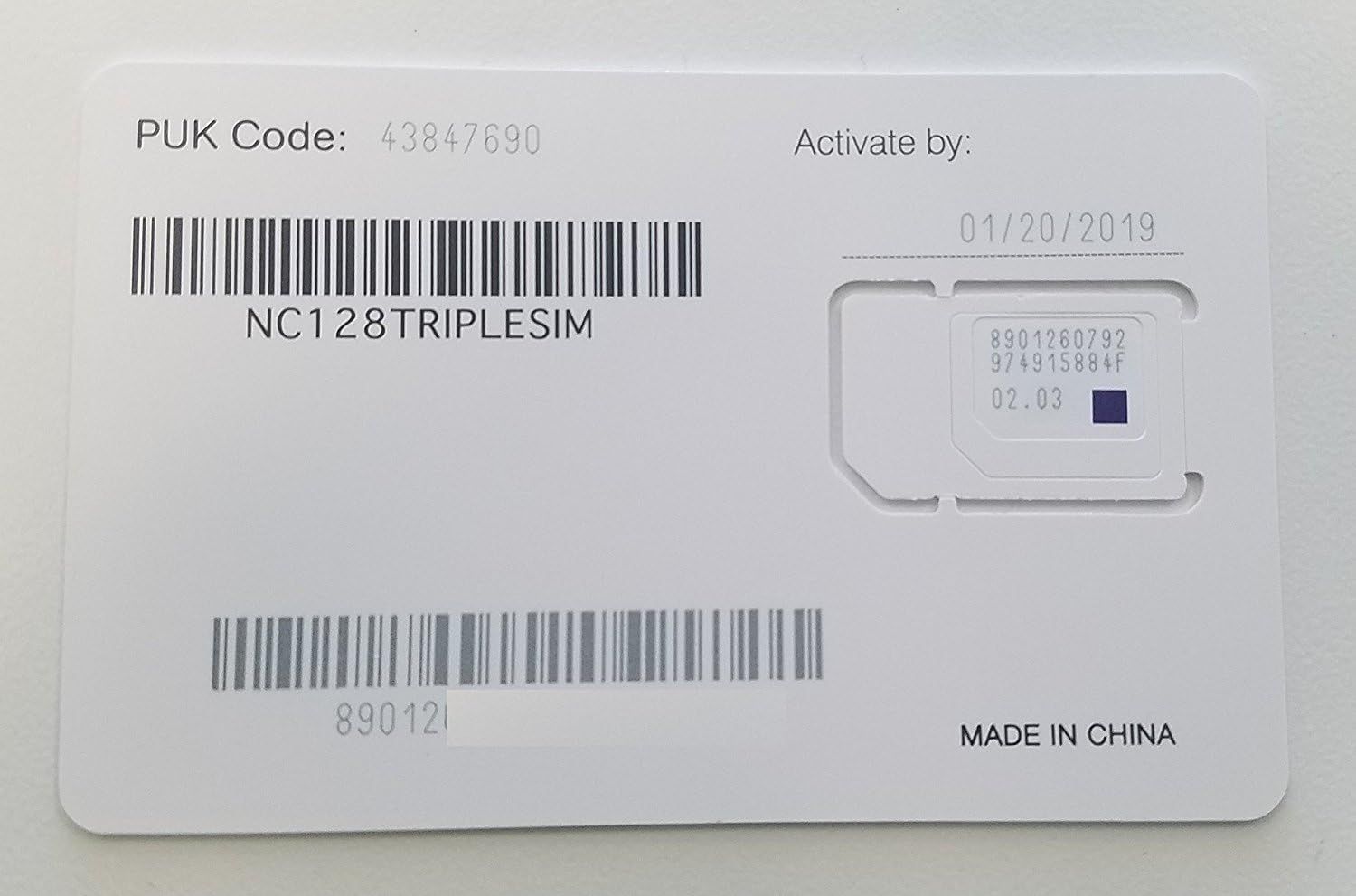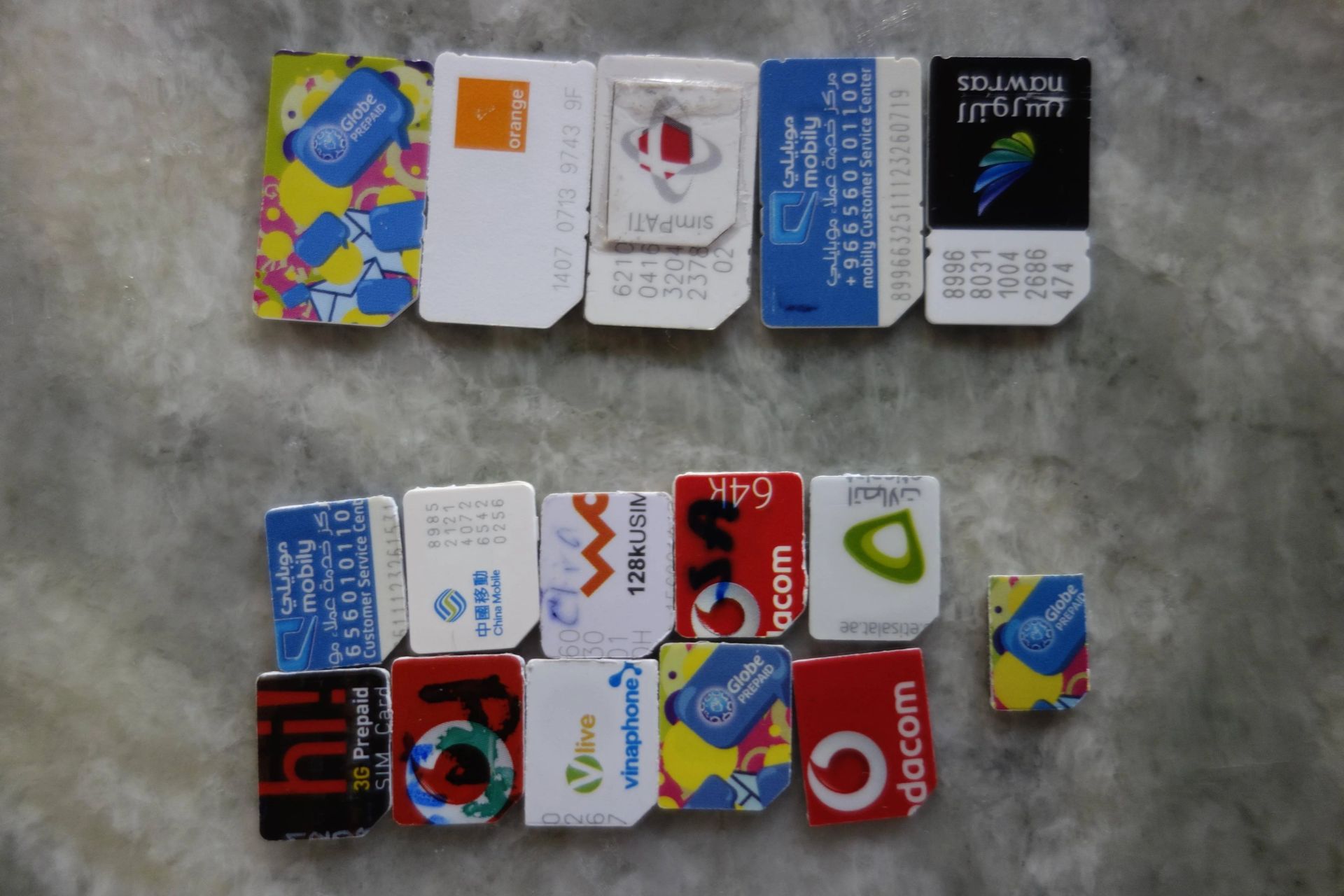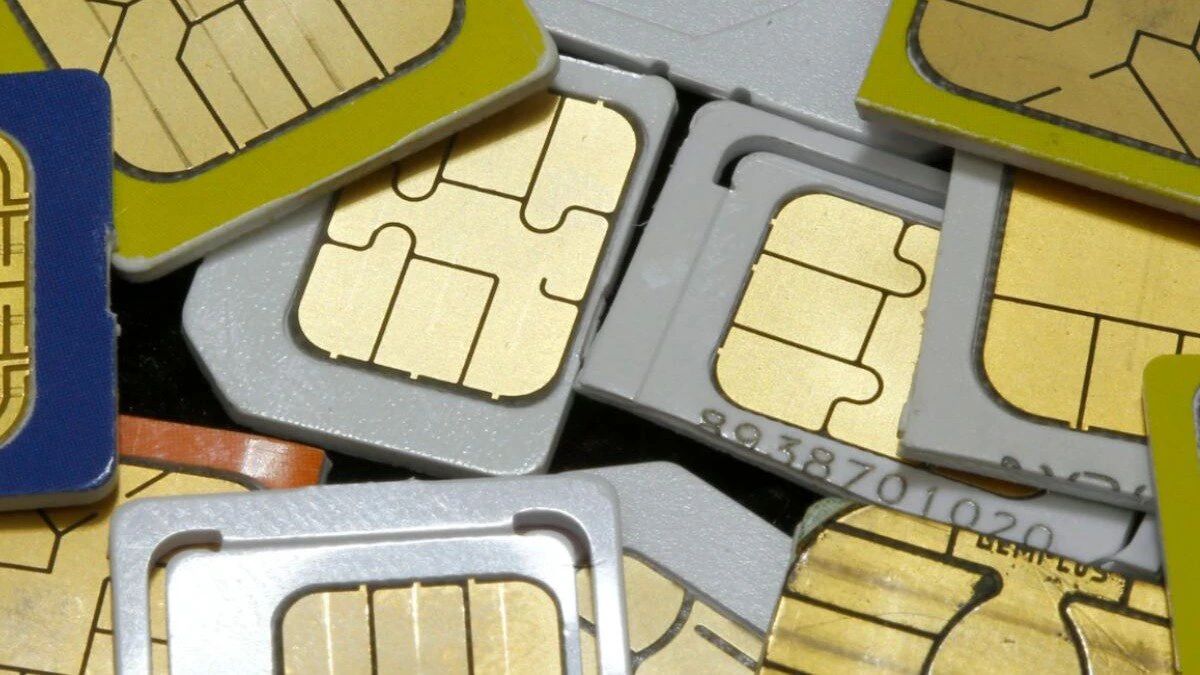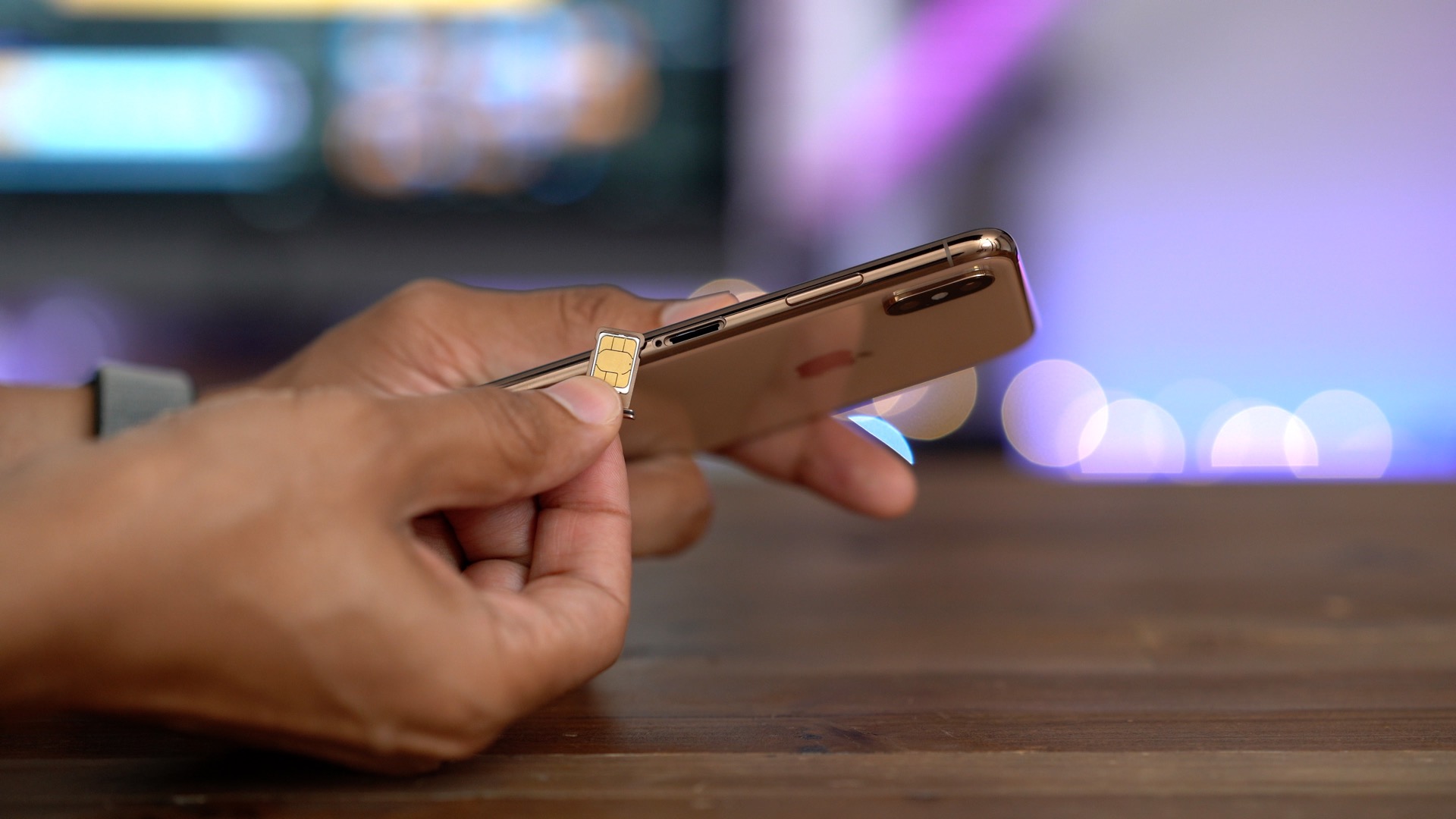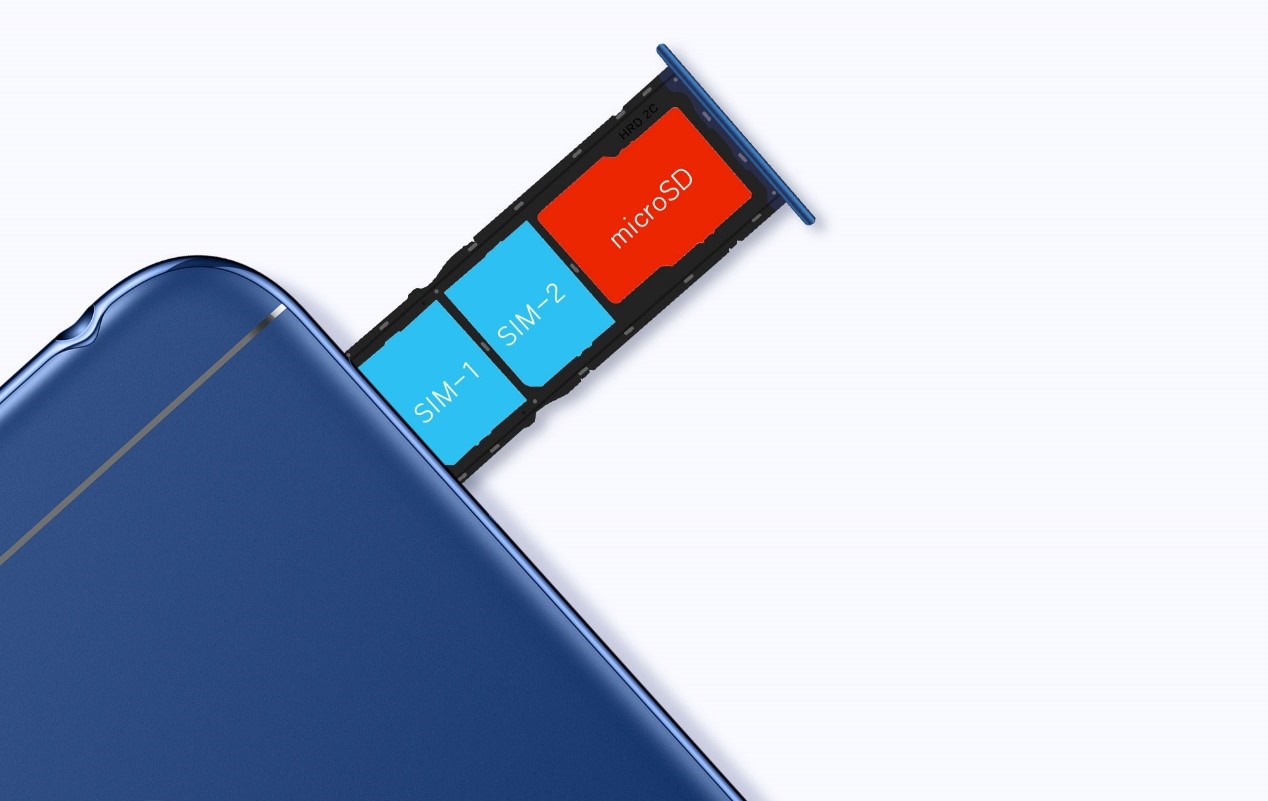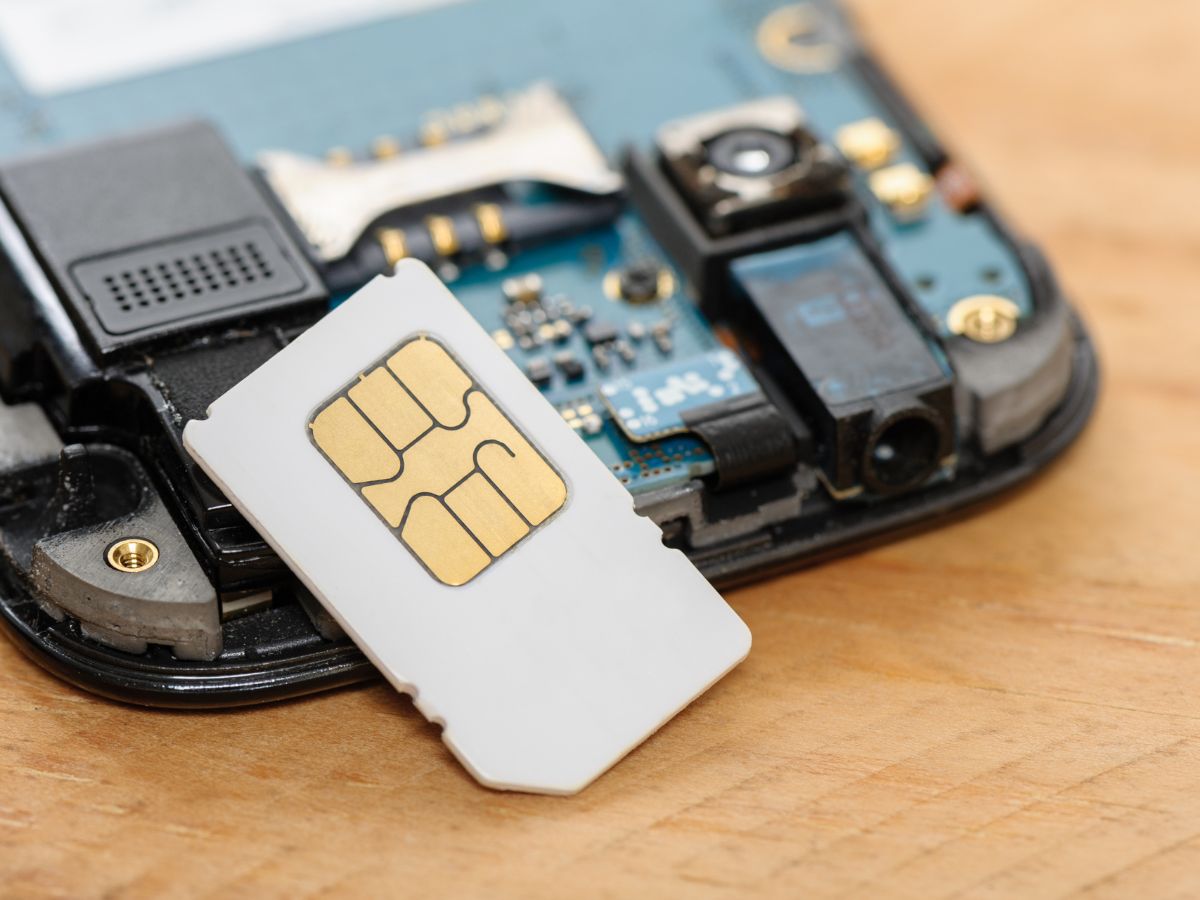Introduction
In today's fast-paced digital age, mobile devices have become an indispensable part of our daily lives. From staying connected with loved ones to accessing a wealth of information at our fingertips, these devices play a pivotal role in shaping our modern existence. At the heart of this technological marvel lies the humble SIM card, a tiny yet powerful component that enables seamless communication and connectivity.
The significance of SIM cards cannot be overstated, as they serve as the gateway to a myriad of mobile services, including voice calls, text messaging, and data connectivity. As technology continues to evolve at a rapid pace, the need to switch SIM cards has become increasingly common. Whether it's for upgrading to a new device, changing service providers, or traveling internationally, the reasons for switching SIM cards are as diverse as the users themselves.
However, the act of switching SIM cards can have a far-reaching impact on the functionality and usability of our mobile devices. It is essential to understand the implications of this process, ranging from potential service disruptions to the need for proper configuration. Furthermore, knowing how to navigate the intricacies of switching SIM cards is paramount in ensuring a smooth and hassle-free transition.
In this comprehensive guide, we will delve into the world of SIM cards, exploring their fundamental role in mobile communication and the reasons that compel users to switch them. Additionally, we will unravel the impact of switching SIM cards, shedding light on the potential challenges and benefits that accompany this process. Moreover, we will equip you with practical insights on how to effectively switch SIM cards, empowering you to navigate this essential aspect of mobile device management with confidence and ease.
Join us on this enlightening journey as we unravel the mysteries of SIM cards and unveil the intricacies of switching them, paving the way for a deeper understanding of their impact on our mobile experiences.
What is a SIM Card?
A SIM card, or Subscriber Identity Module card, is a small, removable chip that is inserted into mobile devices to facilitate communication over cellular networks. Serving as the linchpin of mobile connectivity, the SIM card securely stores essential information, including the user's unique identity, mobile network authentication details, and personal data. This compact yet powerful component plays a pivotal role in enabling users to make voice calls, send text messages, and access mobile data services.
At its core, a SIM card acts as a digital passport for mobile devices, allowing them to authenticate and connect to the respective mobile network. It contains crucial details such as the International Mobile Subscriber Identity (IMSI), which uniquely identifies the user within the network, and the Integrated Circuit Card Identifier (ICCID), a distinct serial number for the SIM card itself. Additionally, the SIM card stores the authentication key that enables secure communication between the mobile device and the network, ensuring the confidentiality and integrity of transmitted data.
SIM cards come in various form factors, including the standard Mini-SIM, the micro-SIM, and the nano-SIM, each catering to different device requirements. Furthermore, the evolution of mobile technology has led to the emergence of embedded SIM (eSIM) cards, which are integrated directly into the device's hardware, eliminating the need for physical swapping.
Beyond its technical intricacies, the SIM card holds immense significance in the realm of mobile communication. It empowers users with the freedom to switch devices while retaining their mobile identity, seamlessly transferring their subscription and personal data to a new handset. Moreover, SIM cards play a crucial role in enabling global connectivity, allowing users to access mobile services while traveling internationally through local network partnerships.
In essence, the SIM card stands as a cornerstone of modern mobile communication, embodying the fusion of technology and convenience. Its ability to securely authenticate users, store vital information, and enable seamless connectivity underscores its indispensable role in shaping the mobile landscape. As we journey deeper into the realm of SIM cards, we will unravel the diverse reasons that prompt users to switch these tiny yet influential components, shedding light on the impact of this process on their mobile experiences.
Reasons for Switching SIM Cards
There are various compelling reasons that prompt individuals to consider switching their SIM cards, each stemming from distinct needs and circumstances. Understanding these reasons is crucial in comprehending the diverse motivations behind this common practice. Let's delve into the multifaceted factors that drive users to switch SIM cards:
-
Upgrading to a New Device: When upgrading to a new mobile device, users often need to switch their SIM cards to ensure seamless connectivity. This transition allows them to transfer their mobile subscription and personal data to the new handset, enabling uninterrupted access to mobile services.
-
Changing Service Providers: Individuals may opt to switch SIM cards when changing their mobile service provider. This decision could be motivated by various factors, such as seeking better network coverage, more competitive pricing plans, or enhanced service offerings. By switching SIM cards, users can seamlessly transition to a new network while retaining their mobile identity.
-
International Travel: Traveling abroad often necessitates the use of local SIM cards to access mobile services at affordable rates. By switching to a local SIM card in the destination country, travelers can avoid exorbitant roaming charges and enjoy seamless connectivity for voice calls, text messaging, and data usage.
-
Dual SIM Functionality: With the prevalence of dual SIM mobile devices, users may opt to switch SIM cards to leverage the benefits of multiple mobile subscriptions. This flexibility allows individuals to manage personal and business contacts separately or take advantage of diverse network offerings without the need for multiple devices.
-
Network Compatibility: In certain cases, users may need to switch SIM cards to ensure compatibility with specific mobile networks. This could be driven by the need to access network technologies such as 5G or to overcome compatibility issues when using a device across different regions with distinct network standards.
-
SIM Card Damage or Loss: Instances of SIM card damage or loss may necessitate the switching of SIM cards to restore mobile connectivity. Whether due to physical damage or unexpected loss, obtaining a new SIM card becomes essential to resume normal mobile communication.
-
Privacy and Security: Concerns related to privacy and security may prompt individuals to switch SIM cards to mitigate potential risks. This proactive measure can help safeguard personal data and mitigate the impact of security breaches or unauthorized access to mobile services.
These diverse reasons underscore the dynamic nature of mobile communication and the pivotal role of SIM cards in facilitating seamless connectivity. By recognizing the motivations behind switching SIM cards, users can navigate this process with clarity and purpose, ensuring that their mobile experiences align with their evolving needs and preferences.
Impact of Switching SIM Cards
Switching SIM cards can have a profound impact on the functionality and usability of mobile devices, influencing various aspects of the user experience. Understanding the implications of this process is essential for individuals seeking to navigate the transition effectively. Let's explore the multifaceted impact of switching SIM cards:
-
Service Disruption: When switching SIM cards, users may experience a temporary disruption in mobile services. This interruption can affect voice calls, text messaging, and data connectivity until the new SIM card is activated and configured. It is important to anticipate this potential downtime and plan accordingly to minimize inconvenience.
-
Data Transfer and Configuration: Switching SIM cards often involves the transfer of personal data and the configuration of mobile settings. Users may need to migrate contacts, messages, and other data to the new SIM card or device, ensuring a seamless transition without losing valuable information. Additionally, configuring network settings and ensuring compatibility with the new SIM card is crucial for uninterrupted connectivity.
-
Network Access and Coverage: The switch to a new SIM card may result in changes to network access and coverage. Users may experience differences in network performance, signal strength, and available services based on the capabilities and coverage of the new mobile network. It is important to assess these factors to ensure optimal connectivity in the new environment.
-
International Roaming and Charges: For travelers switching to local SIM cards while abroad, the impact extends to international roaming and associated charges. By utilizing a local SIM card, individuals can benefit from cost-effective mobile services without incurring exorbitant roaming fees. This enables seamless communication and data usage while exploring new destinations.
-
Device Compatibility and Functionality: Switching SIM cards may necessitate consideration of device compatibility and functionality. Users must ensure that the new SIM card is compatible with their device's specifications, including support for specific network technologies and features. This is particularly relevant when transitioning to advanced network standards such as 5G.
-
Security and Authentication: The switch to a new SIM card involves considerations related to security and authentication. Users must verify the authenticity of the new SIM card and ensure that it is obtained from a trusted source. Additionally, reconfiguring security settings and authentication mechanisms is essential to safeguard personal data and prevent unauthorized access.
-
Subscription and Service Continuity: Ensuring continuity of mobile subscriptions and services is paramount when switching SIM cards. Users must verify that their subscription plans, including voice, messaging, and data services, seamlessly transition to the new SIM card to avoid disruptions and maintain uninterrupted access to essential mobile offerings.
Understanding the impact of switching SIM cards empowers users to proactively address potential challenges and leverage the benefits associated with this process. By acknowledging the implications on service continuity, data migration, network access, and security, individuals can navigate the transition with confidence, optimizing their mobile experiences in alignment with their evolving needs and preferences.
How to Switch SIM Cards
Switching SIM cards requires careful consideration and a systematic approach to ensure a smooth and seamless transition. Whether prompted by the need for a new device, a change in service provider, or international travel, the process of switching SIM cards encompasses several essential steps. Here's a detailed guide on how to effectively switch SIM cards:
-
Prepare Your New SIM Card: Before initiating the switch, ensure that you have obtained a new SIM card from your desired source, whether it's your current service provider, a new network operator, or a local carrier in the case of international travel. Verify that the new SIM card is compatible with your mobile device and supports the necessary network technologies.
-
Back Up Your Data: Prior to switching SIM cards, it's crucial to back up your essential data, including contacts, messages, and any other information stored on your current SIM card. This can be accomplished by transferring the data to your device's internal storage, an external memory card, or a cloud-based backup service.
-
Power Off Your Device: To ensure a safe and successful SIM card switch, power off your mobile device before attempting to remove or insert the SIM card. This precautionary step helps prevent any potential damage to the device or the SIM card itself.
-
Locate and Access the SIM Card Slot: Depending on your device model, locate the SIM card slot, which is typically positioned on the side or the back of the device. Use the provided SIM card removal tool or a small paperclip to gently eject the SIM card tray from the slot.
-
Remove the Current SIM Card: Carefully remove the existing SIM card from the tray, taking note of its orientation and position. Handle the SIM card with care to avoid any damage, such as bending or scratching the chip.
-
Insert the New SIM Card: Place the new SIM card into the SIM card tray, aligning it according to the designated orientation. Ensure a secure fit within the tray before gently sliding it back into the SIM card slot of your device.
-
Power On and Configure: Once the new SIM card is securely inserted, power on your device and proceed to configure the necessary network settings. Depending on the SIM card and network operator, you may need to activate the new SIM card by following the provided instructions, which may involve online registration or a call to customer support.
-
Data Migration and Testing: Transfer your backed-up data to the new SIM card or device, ensuring that your contacts, messages, and other essential information are readily accessible. Test the connectivity and functionality of the new SIM card by making a test call, sending a message, and accessing mobile data services.
By following these steps, you can effectively switch SIM cards with confidence and precision, ensuring a seamless transition to a new device, network operator, or mobile environment. It is essential to adhere to the specific guidelines provided by your service provider or device manufacturer to facilitate a successful SIM card switch and optimize your mobile connectivity.
Conclusion
In conclusion, the humble SIM card stands as a linchpin of mobile communication, embodying the fusion of technology and convenience. Its role in enabling seamless connectivity, facilitating data transfer, and ensuring network authentication underscores its indispensable significance in the realm of mobile devices. As we have unraveled the multifaceted impact of switching SIM cards and navigated the essential steps for this process, it is evident that understanding the implications and intricacies of SIM card management is crucial for users seeking to optimize their mobile experiences.
The act of switching SIM cards is driven by diverse motivations, ranging from upgrading to new devices and changing service providers to international travel and the pursuit of enhanced privacy and security. Each of these reasons reflects the dynamic nature of mobile communication and the evolving needs of users in a rapidly changing digital landscape. By recognizing these motivations, individuals can approach the process of switching SIM cards with clarity and purpose, aligning their mobile connectivity with their preferences and requirements.
Furthermore, the impact of switching SIM cards encompasses aspects such as service disruption, data migration, network access, security considerations, and the continuity of mobile subscriptions. Understanding these implications empowers users to proactively address potential challenges and leverage the benefits associated with this process, ensuring a seamless transition and optimized mobile experiences.
The comprehensive guide on how to switch SIM cards provides practical insights for users to navigate this process with confidence and precision. By adhering to the recommended steps, individuals can seamlessly transition to new devices, network operators, or mobile environments, ensuring uninterrupted access to essential mobile services.
Ultimately, the journey of understanding the impact of switching SIM cards has shed light on the vital role of these tiny yet influential components in shaping our mobile experiences. By embracing the knowledge and insights shared in this guide, users can approach SIM card management with confidence, harnessing the power of seamless connectivity and personalized mobile experiences tailored to their unique needs and preferences.









